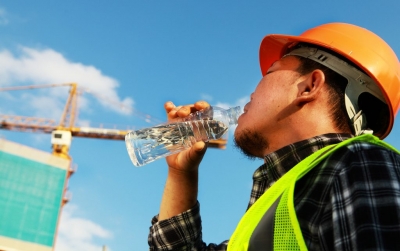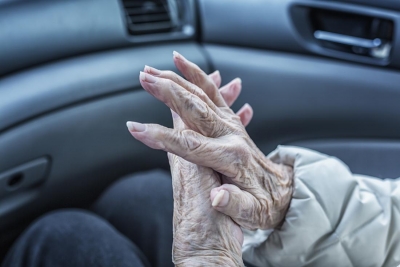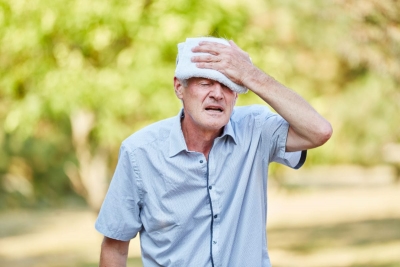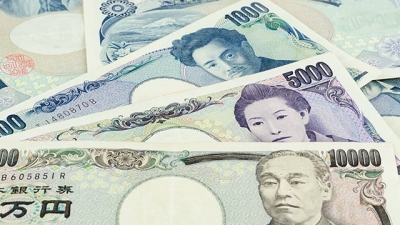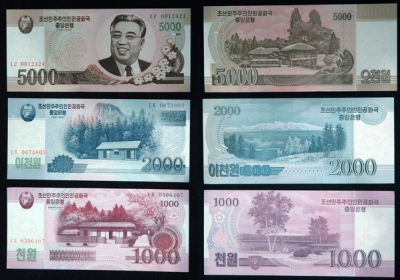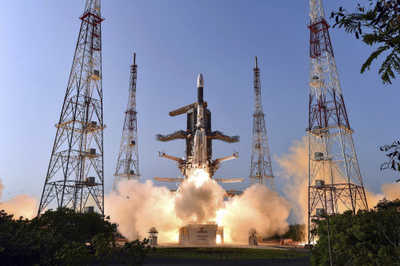
Four Indian pilots, who were selected to become astronauts to crew Gaganyaan, the country's first manned space mission, have returned after completing their one-year training course in Russia's Zvyozdny Gorodok city near Moscow. The contract for the training of Indian officers was signed between the Indian Space Research Organisation (ISRO) and Russian launch service provider Glavcosmos in June 2019. The four pilots of the Indian Air Force (IAF) include a Group Captain and three Wing Commanders, according to the IAF sources. The training began on February 10, 2020, but was temporarily interrupted due to the COVID-19 pandemic.
The ISRO said the astronauts will now receive module-specific training in India. They will be trained in crew and service module designed by the ISRO, learn to operate it, work around it and do simulations.
Meanwhile, the Indian space agency signed an agreement with the French space agency CNES to help prepare for the Gaganyaan mission and to serve as its single European contact in this domain. How will France help India in the mission? What is Gaganyaan all about?
What is Gaganyaan Mission all about?
Gaganyaan is a 10.000-crore manned space mission, which will launch three Indian astronauts (the fourth astronaut will be a backup) to circle Earth at a distance of about 300-400 km from the surface for up to seven days. If successful, India will become the fourth nation to send a person into space, after Russia, the U.S. and China,
The crew will be launched into space using an indigenous Geosynchronous Satellite Launch Vehicle Mark III (GSLV Mk-lll rocket), from the refurbished launchpad at Sriharikota. The ISRO will carry out two unmanned missions before the manned space flight.
The crew was expected to commence its journey in 2022, following the formal announcement of the Gaganyaan project in August 2018. But the ISRO stated in late 2020 that the Gaganyaan project will be "slightly delayed due to COVID-19. In a written statement to the Lok Sabha, Jitendra Singh, Union Minister of State for the Department of Space said. "First unmanned mission is planned in December 2021. Second unmanned flight is planned in 2022-23, followed by human space flight demonstration."
Who is leading the project?
V.R. Lalithambika, a specialist in advanced launcher technologies, is the Director of the Human Spaceflight Programme. She has worked on rocket technologies such as the Polar Satellite Launch Vehicle (PSLV) and the GSLV.
Why GSLV-MK III?
A launch vehicle that can carry heavy payloads into space is important for a human spaceflight project. ISRO'S GSLV Mk-ll, the country's heaviest rocket, is considered to be ideal as the 640-tonne and 43- metre-tall rocket can launch 10 tonnes of payload into low-Earth orbit, an altitude of 2.000 km or less above the planet. The crew module is likely to weigh in excess of 5 to 6 tonnes.
Whereas ISRO's main launch vehicle, the PSLV, which carried the Chandrayaan and Mangalyaan missions, weighs about 320 tonnes and can carry payloads up to two tonnes and to orbits of 600 km altitude from the Earth's surface, and hence is not suitable to send a crew into space.
How did the project take shape?
2004: The ISRO Policy Planning Committee made recommendations for a manned space mission 2006: Preliminary studies of Gaganyaan started under the generic name Orbital Vehicle.
2008: An initial design of a fully autonomous vehicle to carry two astronauts was finalised by March 2008 and was submitted to the Government of India for funding.
2009: A committee was formed to analyse the feasibility of the programme. The committee expressed support.
February 2009: The funding for the Indian Human Spaceflight Programme was sanctioned.
December 18, 2014: Successful testing of experimental flight of GSLV Mk-lll was carried out. The launch also involved the successful testing of an experimental crew module. Called the Crew module Atmospheric Re-entry Experiment (CARE), the spacecraft reentered the atmosphere at about 80 km altitude and landed in the sea near the Andaman and Nicobar Islands, from where it was recovered. June 5, 2017: First flight of GSLV Mk-lll was carried out. GSLV Mk-ill placed the country's heaviest satellite till date. GSAT19, into a precise orbit. With it India became a nation having its own indigenous cryogenic engine technology.
July 5, 2018: First successful flight of the crew escape system was carried out. The crew escape system is an emergency measure designed to quickly pull the crew module along with the astronauts to a safe distance from the launch vehicle in the event of a launch abort. A simulated crew module weighing about 3.5 tonnes was launched from Sriharikota. It reached 2.7 km into space before unfurling its parachutes and floating back to the Earth's surface. August 15, 2018: Prime Minister Narendra Modi promised manned mission before 2022.
May, 2020: The ISRO invited startups and private players to develop R&D solutions for food and medicine for the astronauts, support systems such as space suits, and anti-radiation and thermal protection technologies for spacecraft while returning to Earth.
What does the recent Indo France agreement on the mission mean?
According to news reports, the CNES will train India's flight physicians and CAPCOM mission (the Capsule Communicator, or CAPCOM) control teams in France. The agreement also provides for the CNES to support implementation of a scientific experiment plan on validation missions, exchange information on food packaging and nutrition, and the use of French equipment, consumables and medical instruments by Indian astronauts.
French equipment developed by CNES, tested and still operating aboard the International Space Station (ISS), will thus be made available to Indian crew members. The CNES will also be supplying fireproof carry bags made in France to shield equipment from shock and radiation.
What is Vyommitra?
Vyommitra is a robot, half-humanoid to be exact. It has been developed by the ISRO and it will accompany Indian astronauts on Gaganyaan. It will also be part of the uncrewed experimental Gaganyaan missions prior to the crewed spaceflight mission.
But what's the purpose? In the early years of space flight, there were concerns whether humans could mice, survive in space. So animals such as fruit flies, monkeys and cats were sent before the first human ventured into space to test the survivability of spaceflight.
But India will not fly animals into space. Instead, it will launch the robot. On the uncrewed mission, the robot will help the Indian space agency to understand what weightlessness and radiation can do to the human body during long durations in space.
While onboard the crewed mission. Vyommitra can detect and give out warnings if environmental changes within the cabin get uncomfortable to astronauts and change the air condition. It is programmed to speak Hindi and English and perform multiple tasks. It can mimic human activity, recognise other humans, and respond to their queries.
Picture Credit : Google



